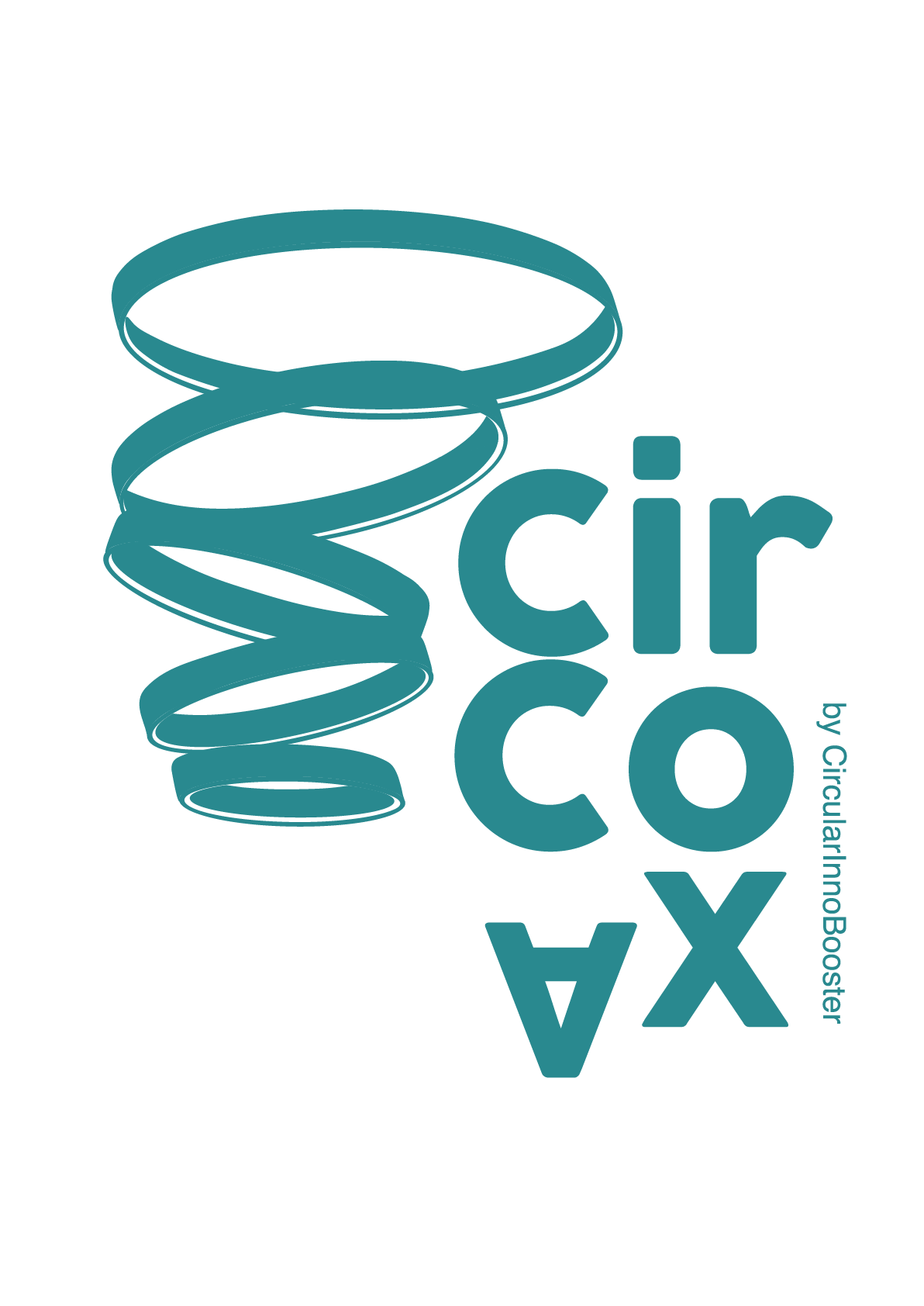Whether the new decade starts in January 2020 or January 2021, one thing about it is clear – it will need to be a decade of reconfiguration and transformation for business, governments and indeed human civilization as a whole. Otherwise, we may not be able to achieve a good quality of life in the decades that follow, as thousands of scientists from around the world representing a variety of disciplines keep telling us.
The multitude of crises we’re facing – around climate, water, species extinction, infrastructure, inequality, migration, corruption, cyberattacks, information manipulation, and governance, to name a few – are not only real, but also strongly interconnected and converging more and more as we go. This is clearly illustrated by the 2020 Global Risks Interconnections Map of the World Economic Forum‘s latest Global Risks Report.
Regeneration and regenerative business appear as a solution to this growing problem.
What is regeneration? And why now?
Regeneration means restoring and renewing a system – an ecosystem or any other system – so that it is healthy, resilient and producing desirable results again. Importantly, it also means improving a system’s ability to restore and renew itself effectively – an essential characteristic that comes up again and again. Simply put, regeneration is about leaving nature and society healthier, better off and more resilient than we found them. It’s the future of sustainability. […]
Here are 5 myths about regeneration that are important to dispel.
Myth 1: Regeneration is a luxury. We need to focus on sustainability above all.
Why, one might ask, do we need to go for regeneration?
[…] While we have had it more or less good for the last several decades, on average, that has come at a huge cost. […] We have largely run the last few centuries based on degenerative systems – that is, systems that may produce beneficial results in the short term, but undermine and degrade nature and society in the long run. So no, we can’t just sustain the status quo, because it is simply not sustainable the way human civilization is set up currently. Therefore, we need to regenerate first, and then sustain the new regenerated status quo.
To use a handy analogy, we need to heal back to health first, before we can talk about staying in shape.
Myth 2: Regeneration is mostly about agriculture and forests, and therefore not all industries need to worry about it.
Although there is – justifiably! – a lot of buzz about regenerative agriculture, the extent of what needs to be regenerated goes much beyond land and forests. […]
There are several other essential dimensions to regeneration, including:
- Restoring the vitality and abundance of oceans, lakes, and rivers;
- The renewal of companies’ relationships with employees, suppliers, customers, local communities and other key stakeholders; reimagining a healthier balance between material and non-material pursuits and values;
- Cultivating systems-thinking win-win-oriented leaders who pursue the success of all stakeholders at the same time;
- And stepping away from prioritizing the values of extraction, exploitation, and separation – to name just a few.
It’s the kind of systemic reconfiguration and transformation that definitely touches all industries.
Myth 3: Regenerative business is really difficult to explain and communicate to consumers and other stakeholders.
Incorrect.
[…] Just think about the main concepts :
- Restoration,
- Rejuvenation,
- Renewal,
- Replenishing,
- […] Revitalizing,
- Reenergizing…!
And also:
- Community,
- Diversity,
- Inclusion,
- Harmony,
- Balance,
- Trust,
- Connection, […]
This is all warm, pleasant, stimulating, hopeful, aspirational and highly intuitive language that makes communicating regeneration and regenerative business a pleasure.
Myth 4: Only brands with really advanced sustainability credentials can practice regeneration.
Wrong. This myth is based on a common perception that it is harder to practice regeneration than it is to practice sustainability.
Since most companies don’t have a great handle on sustainability yet, the argument goes, only a select few sustainability leaders, such as Patagonia, Unilever, Danone and IKEA, can venture into regeneration. […] Any business can start following regenerative principles, no matter how far along the ‘sustainability journey’ it is.
If it’s helpful, think of regeneration as a type of sustainability – the type that seeks not just to sustain, but also to restore, renew and nurture. From that point of view, even basic sustainability actions can be turned into regenerative with the right understanding of desired outcomes, and from there the right tweaks.
For example, if your company is thinking of making changes to its products so they can become circular, think about picking the type of material flow that results in both circularity and restoration + renewal + resilience for as many systems along the way as possible. Or, if your company is switching to renewable energy, think about all the stakeholders that will be touched in the process and whether restoration + renewal + resilience will feature in the outcomes. The “restoration + renewal + resilience” test comes in very handy.
Myth 5: The ROI of regeneration hasn’t been researched and documented well yet. We don’t know if it sells.
Actually, we do know. The ROI of regeneration is at least as good as the ROI of sustainability – and the ROI of sustainability has already been shown to be consistently positive and lasting. Why is regeneration at least as good, you ask? Because it invests in the long run in even more robust ways and it strips away even more externalities and risks – simple as that!
Written by Dimitar Vlahov, Director of Knowledge & Insights at Sustainable Brands
Jan 17, 2020


